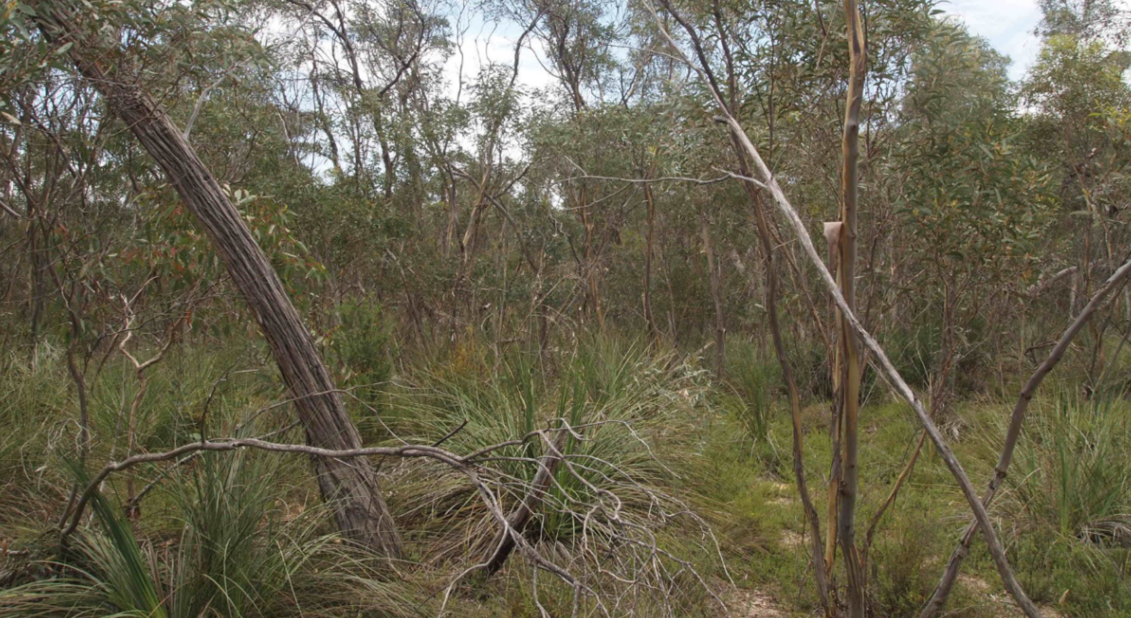
Blog post by A/Prof Patrick O’Connor
The stability of vegetation in the South Australian Mallee and Wheatbelt regions has been shown to be susceptible to climate change. The unique mixtures of plants and animals of these systems are under threat from a mixture of climate change and fragmentation of the vegetation resulting from past land clearing.
A study published this week by authors from The University of Adelaide, shows that while many of the vegetation types of Southern South Australia are sensitive to climate change, vegetation types in the Mallee-Wheatbelt zone are most vulnerable because they represent an ecological transitional zone between more mesic landscapes of the south and the arid north.
The study used more than 300,000 plant records from the Department of Environment, Water and Natural Resources Biological Survey of South Australia and other sources to show that as changing climate impacts where groups of native plants can naturally grow, the size and isolation of patches of vegetation that remain after extensive clearing can mean that plant groups cannot move to adjust to the climate.
The results can be used to improve planning for restoration of native vegetation across South Australia.

